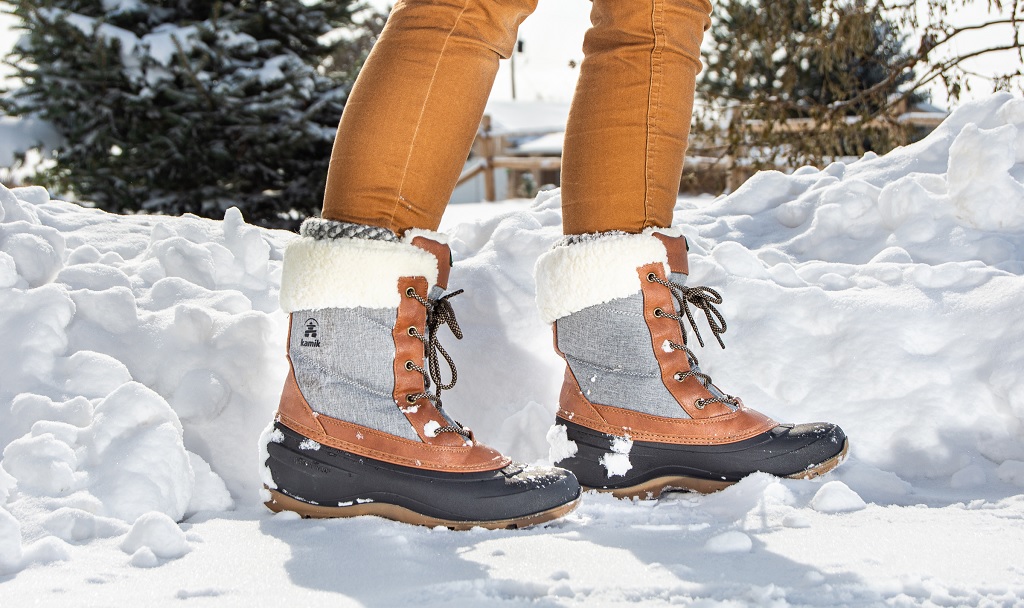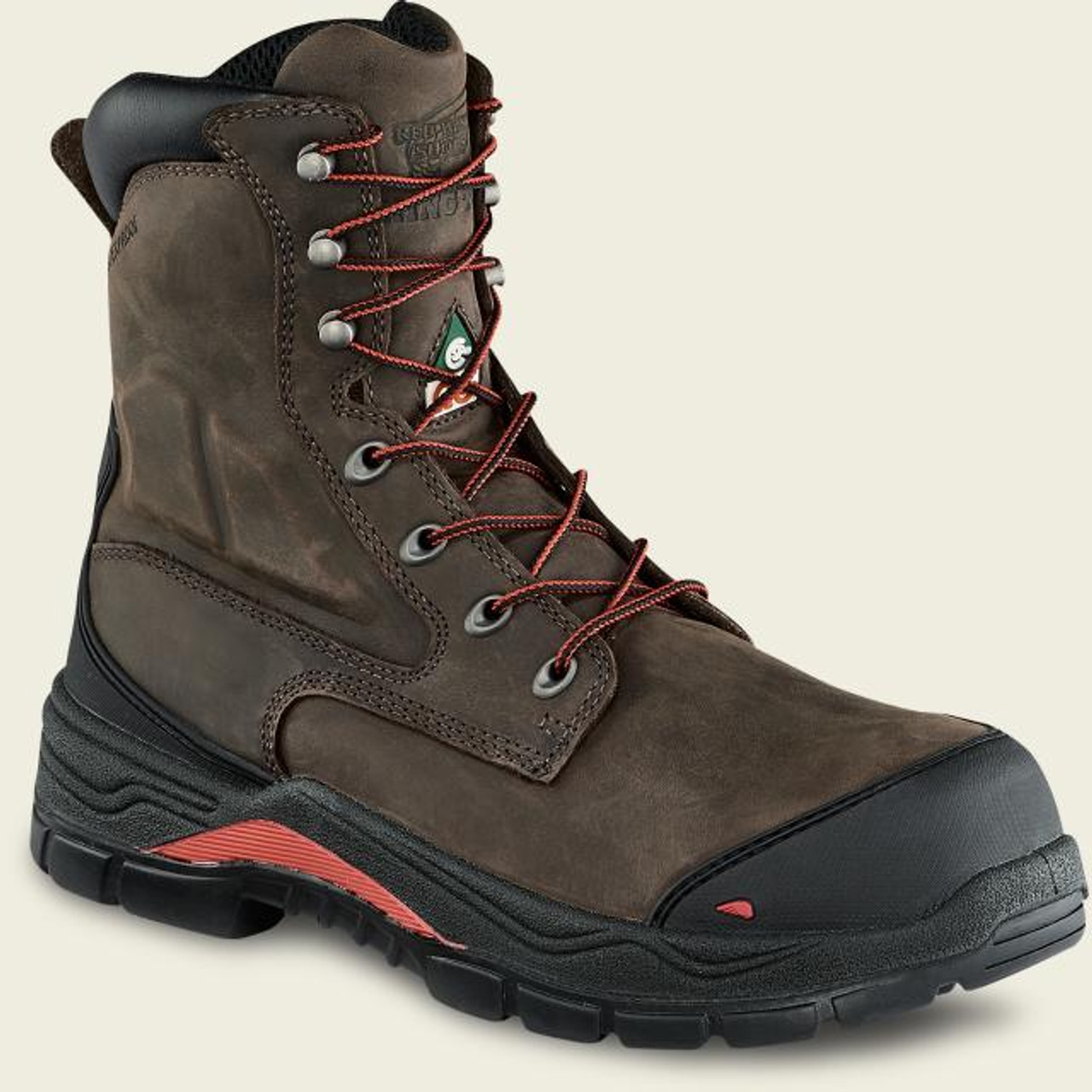Why Winter Boots Matter: Staying Warm and Safe
When venturing out into the cold winter weather, it’s essential to prioritize warmth, safety, and comfort. One of the most critical components of a winter outfit is a good pair of boots. Without them, you may be exposing yourself to a range of risks, including frostbite, hypothermia, and injuries from slipping on ice. In fact, according to the National Weather Service, over 1,300 deaths occur each year in the United States due to hypothermia. By investing in a high-quality pair of winter boots, you can significantly reduce the risk of these winter-related hazards and enjoy the season with confidence. So, what boots are good for winter? The right boots can make all the difference in keeping your feet warm, dry, and safe, allowing you to fully enjoy winter activities like skiing, snowshoeing, or simply taking a winter hike.
Understanding Your Winter Needs: Activity-Based Boot Selection
When it comes to choosing the right winter boots, it’s essential to consider the specific activities you plan to engage in. Different winter activities require distinct features in winter boots to ensure optimal performance, comfort, and safety. For instance, if you’re an avid hiker, you’ll need boots with excellent traction, ankle support, and waterproofing to handle rugged terrain and inclement weather. Skiers, on the other hand, require boots with a snug fit, good insulation, and a waterproof membrane to keep their feet warm and dry. Daily commuters, meanwhile, may prioritize boots with a stylish design, comfortable fit, and slip-resistant soles to navigate icy sidewalks and streets. By understanding your specific winter needs, you can select boots that cater to your requirements, ensuring a more enjoyable and safe winter experience. Whether you’re hitting the slopes, trekking through the woods, or simply braving the daily commute, the right boots can make all the difference.
How to Choose the Best Winter Boots for Your Feet
When it comes to selecting the perfect winter boots, there are several key factors to consider. First and foremost, try them on Make sure the boots fit comfortably, with enough room for thick socks and a snug heel. Consider the material, too – waterproof leather or synthetic materials like nylon or polyester are great options for winter. Look for features like waterproofing, breathability, and ankle support, which are essential for keeping your feet warm and dry. Additionally, think about the activity you’ll be using the boots for – if you’ll be hiking or skiing, you’ll want boots with good traction and insulation. If you’ll be commuting, style and comfort may be more important. By considering these factors, you can find the perfect boots for your winter needs. After all, what boots are good for winter is not just about keeping your feet warm, but also about enjoying your winter activities to the fullest.
The Ugg Adirondack and Sorel Caribou: Top Picks for Winter
When it comes to finding the perfect winter boots, there are many great options to choose from. Two popular models that stand out from the rest are the Ugg Adirondack and Sorel Caribou. The Ugg Adirondack is a great choice for those who prioritize style and comfort. With its sleek design and soft, sheepskin lining, this boot is perfect for daily commuting or casual winter activities. It also features a waterproof membrane and good traction, making it suitable for light snow and ice. On the other hand, the Sorel Caribou is a more rugged option, designed for outdoor enthusiasts. It boasts a waterproof and breathable membrane, excellent insulation, and aggressive tread for superior traction on snow and ice. While it may not be as stylish as the Ugg Adirondack, it’s a great choice for those who need a reliable and durable boot for winter activities like hiking or skiing. Both boots are good options for winter, and what boots are good for winter ultimately depends on your specific needs and preferences. By considering factors like activity level, style, and features, you can find the perfect boots to keep your feet warm and dry all winter long.
Insulation and Waterproofing: The Key to Warm and Dry Feet
When it comes to winter boots, insulation and waterproofing are two of the most critical features to consider. Insulation helps to keep your feet warm by trapping warm air and preventing cold air from entering the boot. There are several types of insulation available, including Thinsulate, PrimaLoft, and Polarguard, each with its own unique benefits and drawbacks. Thinsulate, for example, is a popular choice for winter boots because it provides excellent warmth without adding bulk. PrimaLoft, on the other hand, is known for its lightweight and breathable properties, making it ideal for high-intensity winter activities. Waterproofing, as the name suggests, helps to keep your feet dry by preventing water from entering the boot. Gore-Tex, eVent, and similar technologies are commonly used in winter boots to provide a waterproof and breathable membrane. This means that moisture can escape from the boot, preventing the buildup of sweat and discomfort. When choosing winter boots, it’s essential to consider the level of insulation and waterproofing you need, depending on your winter activities and the conditions you’ll be in. What boots are good for winter ultimately depend on your specific needs, and by prioritizing insulation and waterproofing, you can ensure that your feet stay warm and dry all winter long.
Traction and Grip: Preventing Slips and Falls on Ice and Snow
When it comes to winter boots, traction and grip are essential features to consider. Slipping and falling on ice and snow can be a serious hazard, leading to injuries and even long-term health problems. The right winter boots can make all the difference in preventing these accidents. The outsole of the boot is responsible for providing traction and grip, and there are several types to choose from. Rubber outsoles are a popular choice for winter boots because they provide excellent grip on wet and icy surfaces. Lugged outsoles, on the other hand, are designed for more rugged terrain and provide additional traction in deep snow and ice. Some winter boots also feature specialized traction systems, such as crampons or studs, which can be especially useful for activities like ice climbing or hiking on glaciers. When choosing winter boots, it’s essential to consider the level of traction and grip you need, depending on your winter activities and the conditions you’ll be in. What boots are good for winter will depend on your specific needs, and by prioritizing traction and grip, you can ensure a safe and enjoyable winter experience.
Style and Comfort: Finding the Perfect Balance
When it comes to choosing the perfect winter boots, style and comfort are often at the top of the list. While it’s essential to prioritize features like waterproofing, insulation, and traction, it’s also important to consider the overall aesthetic and feel of the boots. After all, what boots are good for winter should not only keep your feet warm and dry but also make you feel confident and comfortable. To strike the perfect balance between style and comfort, consider the height of the boot. Taller boots can provide additional warmth and protection, but may be less comfortable for daily wear. Material is also a crucial factor, with options like leather, suede, and synthetic materials offering varying levels of durability and style. Additionally, look for features like cushioning, arch support, and breathable linings to ensure that your feet stay comfortable all day long. By considering both style and comfort, you can find the perfect winter boots that meet your needs and make you feel great. Whether you’re hitting the slopes or just running errands, the right boots can make all the difference in your winter experience.
Winter Boot Maintenance: Extending the Life of Your Boots
Once you’ve found what boots are good for winter, it’s essential to take care of them to ensure they last for many cold seasons to come. Proper maintenance can extend the lifespan of your winter boots, keeping them looking great and performing well. To start, clean your boots regularly to remove dirt and debris that can damage the material. Use a soft brush or cloth to gently remove dirt, and avoid using harsh chemicals or abrasive cleaners. Next, condition your boots to keep the material supple and waterproof. Apply a waterproofing treatment or conditioner specifically designed for your boot material, following the manufacturer’s instructions. When storing your boots, keep them in a cool, dry place away from direct sunlight. Use a breathable storage bag or box to prevent moisture buildup, and consider stuffing the boots with paper or newspaper to maintain their shape. By following these simple maintenance tips, you can enjoy your winter boots for years to come, and ensure they continue to keep your feet warm, dry, and comfortable all winter long.



.jpg)




